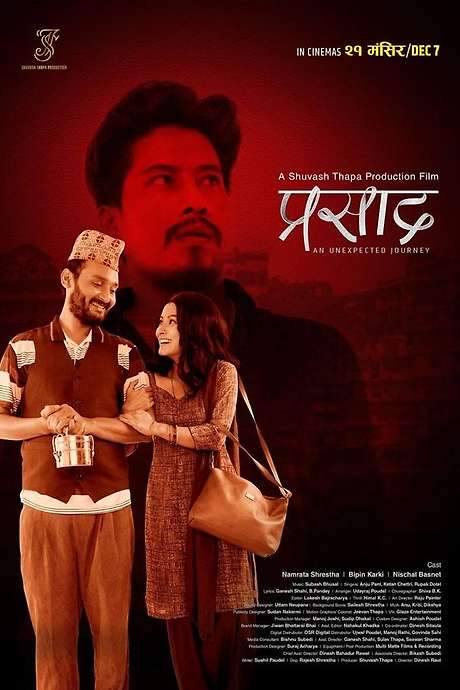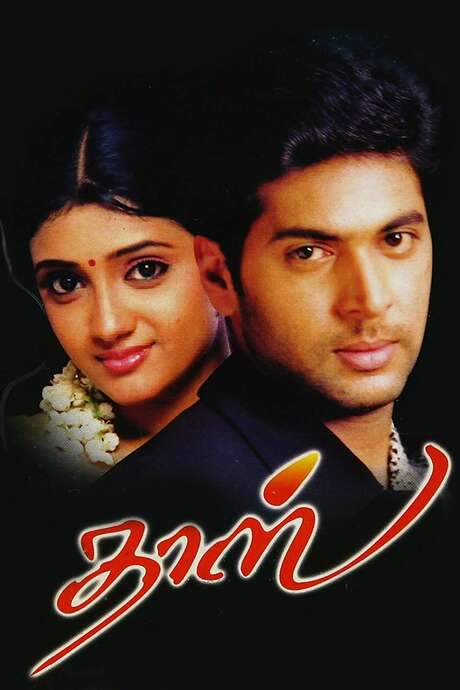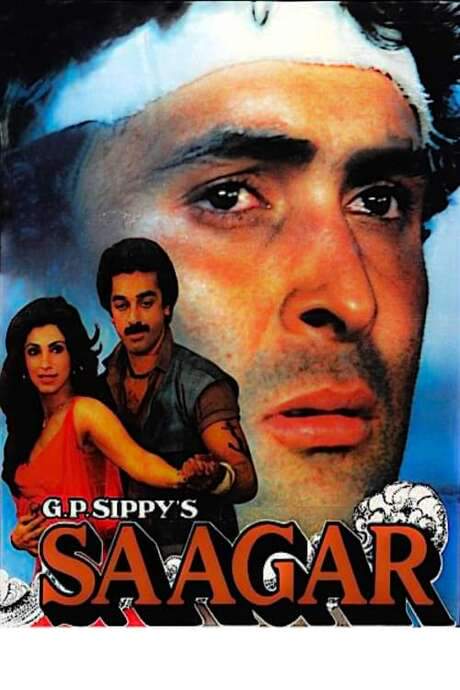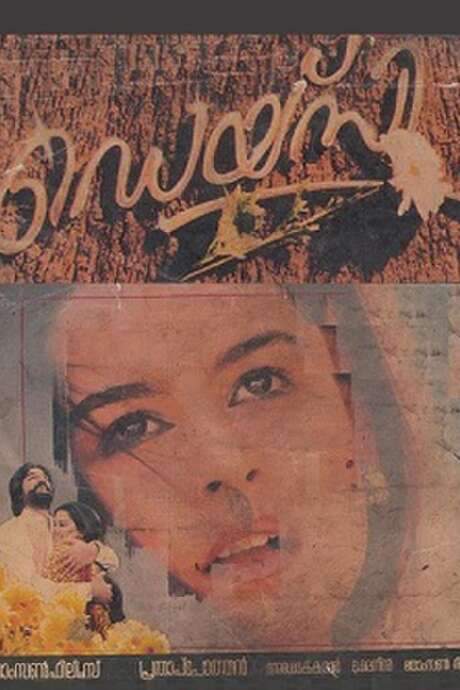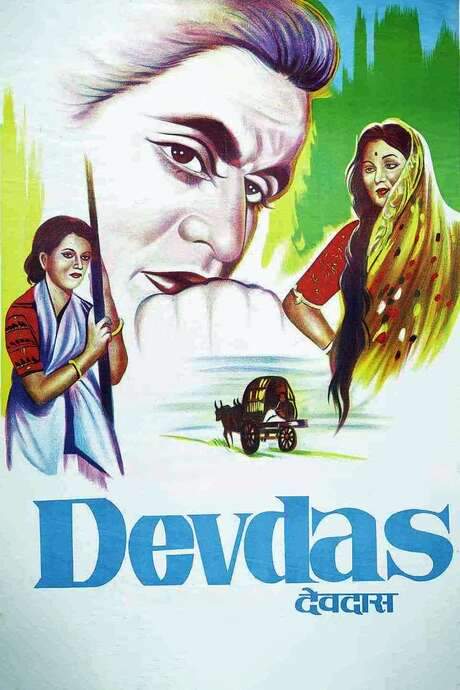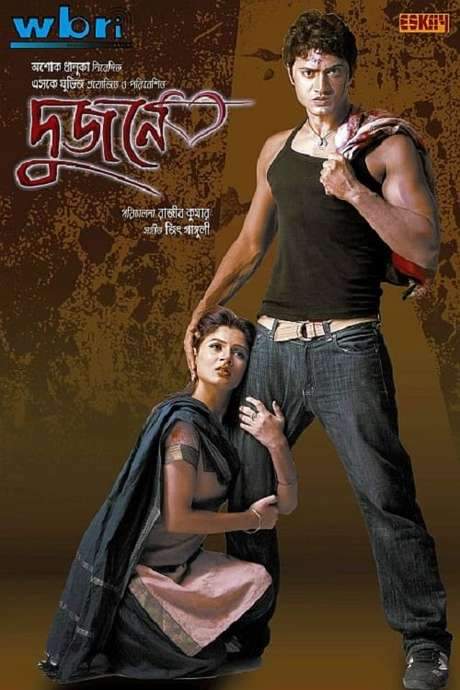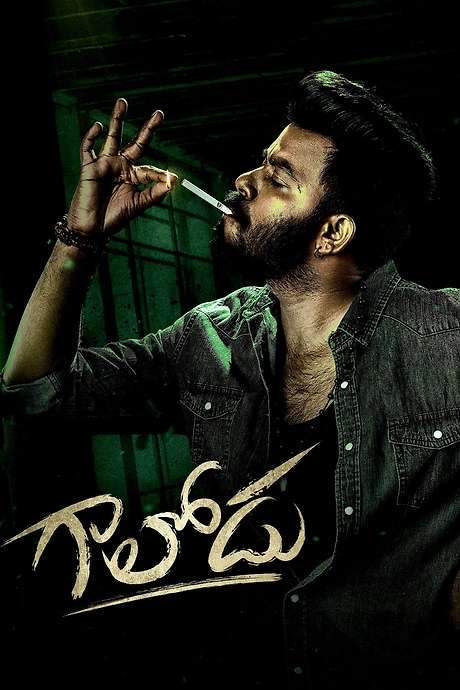Warning: spoilers below!
Haven’t seen Dorasaani yet? This summary contains major spoilers. Bookmark the page, watch the movie, and come back for the full breakdown. If you're ready, scroll on and relive the story!
Dorasaani (2019) – Full Plot Summary & Ending Explained
Read the complete plot breakdown of Dorasaani (2019), including all key story events, major twists, and the ending explained in detail. Discover what really happened—and what it all means.
Shankaranna’s release and a village haunted by old loyalties
The film opens with Shankaranna, a naxalite, walking free after three decades of wrongful imprisonment and returning to a village that has quietly transformed around him. He moves through dusty lanes and shuttered doors, asking about a man named Raju, only to hear that no one knows him anymore. A mysterious encounter with a local who claims to remember the past sets the stage for a deeper truth: the village still bears the marks of power, caste, and unspoken alliances. The story then shifts into a flashback that takes us back to the 1980s, where the color and grit of rural Telangana shape every decision and desire.
In this era, Raju Anand Deverakonda is the son of a painter, a young man from a lower caste who moves between fields and lanes with a quiet integrity. He lives within the rough-and-tumble realities of village life, where every glance can carry a history of domination and pride. Devaki Shivathmika is the daughter of the dora, Raja Reddy, a powerful figure who rules from inside a protected bungalow. Devaki is motherless and sheltered, attended to by her father and the loyal domestic maid, Dasi Saranya Pradeep, who keeps a careful watch over her mistress’s world. Devaki’s longing to break out of her boundaries—to freely mingle with the people and see the world beyond her walls—sparks a dangerous curiosity in Raju, who witnesses her glow during a village festival and feels an immediate pull toward her honest, unguarded nature.
From the moment Raju notices Devaki, their world tilts toward a forbidden romance. He begins to watch her from outside the bungalow, a quiet courtship that grows into a plan to meet her in secret. In a daring, improvised moment, Raju escorts a disguised Devaki on a cautious tour of the village, careful not to alert Raja Reddy or his henchmen who would crush such a bond at once. Devaki is spellbound by his sincerity and openness, a stark contrast to the rigid power structure that surrounds them. Yet the danger is ever-present: Raja Reddy’s loyal men trail the couple, and the tension escalates with each stolen moment.
The tension peaks when the henchmen strike a harsh warning after they drop Devaki back at the bungalow, making it clear that the lovers must part ways. They may not reveal the truth to Raja Reddy, but their ominous presence is enough to cast a long shadow over Raju’s future. As the two lovers try to navigate the thin line between desire and danger, a broader political storm begins to close in. A 48-hour curfew, orchestrated by Shankaranna and his fellow naxalites, traps Raju in the village and isolates him from the outside world, forcing him to confront the consequences of his love under a regime of surveillance and fear.
Raja Reddy learns of the romance and reacts with ruthless practicality. Devaki is moved away from the village to her elder brother’s house under a false pretense, while Raju finds himself increasingly entangled in legal trouble—Raja Reddy manipulates events to cast him as a naxalite. The system seems stacked against the young lovers, and their hopes for a shared future become a tangled web of escape attempts, arrests, and whispered plans.
In prison, Raju crosses paths with Shankaranna, and the conversation between them crystallizes a bleak truth: the man who fights for the people can still be used to label the young rebels as enemies of the state. Shankaranna helps Raju escape, a small act of solidarity that tests the boundaries of loyalty and justice within a village where power has long dictated how stories end.
Driven by a shared longing for freedom, the couple resolves to elope. They seek help from Devaki’s brother, who, in a surprising turn, appears to support their union and promises to drive them toward Hyderabad, away from the shackles of their vocation and the village’s harsh laws. The plan seems to hold, but fate takes a cruel turn when the brother, after a moment of hesitation, drives them to a local police station as a façade of legitimacy and then abandons the plan.
In a remote stretch of road, the brother turns against them. He stops the car in a desolate area, where violence erupts: he shoots both Raju and Devaki and then burns the vehicle with them inside. The act is brutal and intimate, a final rupture that erases their chance of a future together and leaves a village aching with unresolved questions about power, loyalty, and love.
Back in the present, Shankaranna is shattered by the news of what happened to Raju and Devaki. Siddadu, a figure connected to the old guard, shares a stark, almost mythic interpretation: Raju had already won the moment Devaki fell for him, and their mutual sacrifice—dying for their love—transfigured their story from tragedy into a quiet triumph of affection over oppression.
The film’s narrative spirals between the intimate, human moments of two young people drawn to one another and the broader, stubborn forces of caste, feudal control, and political violence that shape every choice they make. The result is a lush, stark portrait of a time and place where love must risk everything to exist, and where the memory of such a love lingers in the minds of those who survive to tell the tale. Through Shankaranna’s renewed search for meaning, the film continually questions what it means to win, and what it costs to love when the world around you is built on old hierarchies and the ghosts of the past.
Last Updated: November 22, 2025 at 16:00
Unlock the Full Story of Dorasaani
Don't stop at just watching — explore Dorasaani in full detail. From the complete plot summary and scene-by-scene timeline to character breakdowns, thematic analysis, and a deep dive into the ending — every page helps you truly understand what Dorasaani is all about. Plus, discover what's next after the movie.
Dorasaani Timeline
Track the full timeline of Dorasaani with every major event arranged chronologically. Perfect for decoding non-linear storytelling, flashbacks, or parallel narratives with a clear scene-by-scene breakdown.

Similar Movies to Dorasaani
Discover movies like Dorasaani that share similar genres, themes, and storytelling elements. Whether you’re drawn to the atmosphere, character arcs, or plot structure, these curated recommendations will help you explore more films you’ll love.
Explore More About Movie Dorasaani
Dorasaani (2019) Scene-by-Scene Movie Timeline
Dorasaani (2019) Movie Characters, Themes & Settings
Dorasaani (2019) Spoiler-Free Summary & Key Flow
Movies Like Dorasaani – Similar Titles You’ll Enjoy
Daas Dev (2018) Full Movie Breakdown
Orange (2018) Movie Recap & Themes
Prasad (2018) Story Summary & Characters
Iddari Lokam Okate (2019) Ending Explained & Film Insights
Daas (2005) Spoiler-Packed Plot Recap
Desamuduru (2007) Movie Recap & Themes
Saagar (1985) Film Overview & Timeline
Daisy (1988) Detailed Story Recap
Love Story (2021) Film Overview & Timeline
Sridevi Soda Center (2021) Full Movie Breakdown
Devdas (1955) Movie Recap & Themes
Dujone (2009) Full Summary & Key Details
Daaera (1953) Story Summary & Characters
Devadasu (1953) Film Overview & Timeline
Gaalodu (2022) Complete Plot Breakdown






